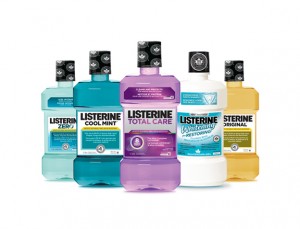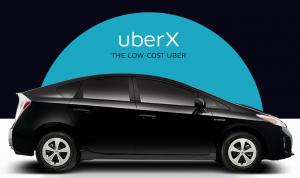If the United Nations was fully funded why would we need the Arc or social enterprise”?
The Arc Initiative and the United Nations serve similar purposes. Although they both lean towards connecting and maintaining harmony among different countries, the Arc Initiative focuses on something rather unique that the United Nations have not done – sharing knowledge on business fundamentals. With this, I feel that the Arc Initiative aids others on a more personal level, bringing knowledge one-on-one, seeing as they provide workshops in the underdeveloped countries.
These two organizations also differ in size, therefore, differing in the type of aid. The United Nations was established in 1945, while the Arc Initiative was a a rather recent project. The United Nations focuses on a large group of people, however, I feel that the Arc initiative is more effective as it puts a more personal focus, developing relationships with individuals.
The United Nations, despite their size, cannot aid underdeveloped countries alone. I believe the Arc Initiative is just as beneficial to individuals as the exchange of skills prove to help them tremendously.






